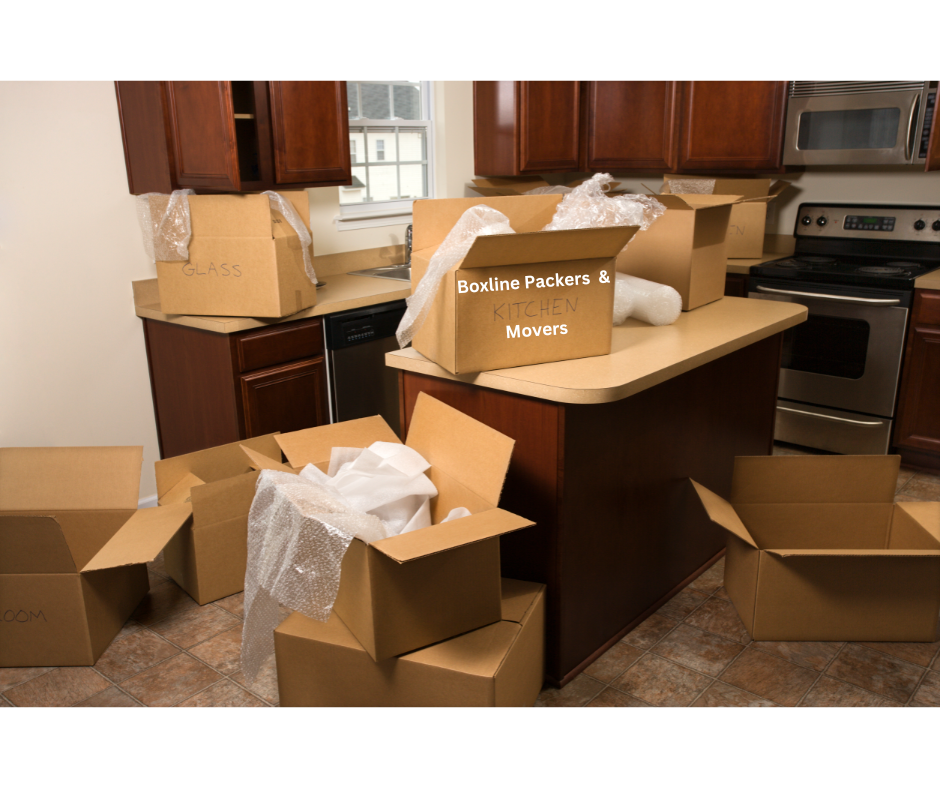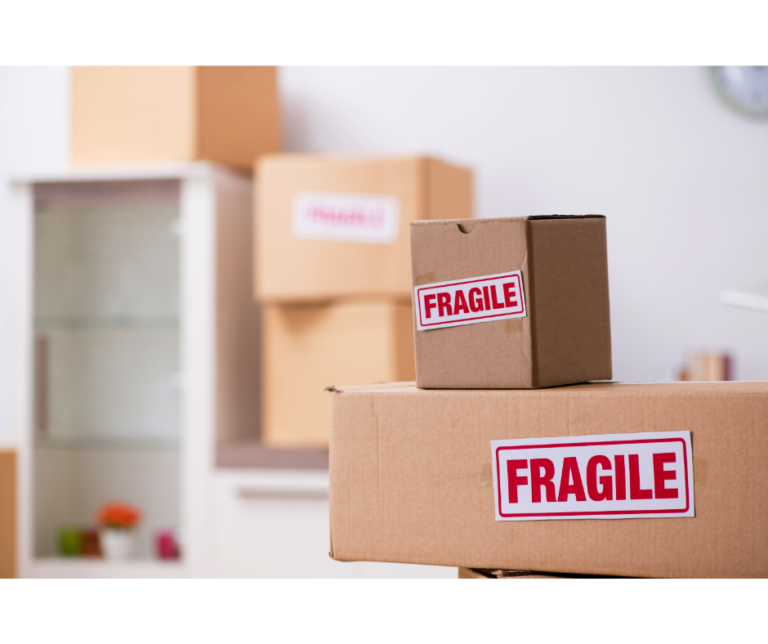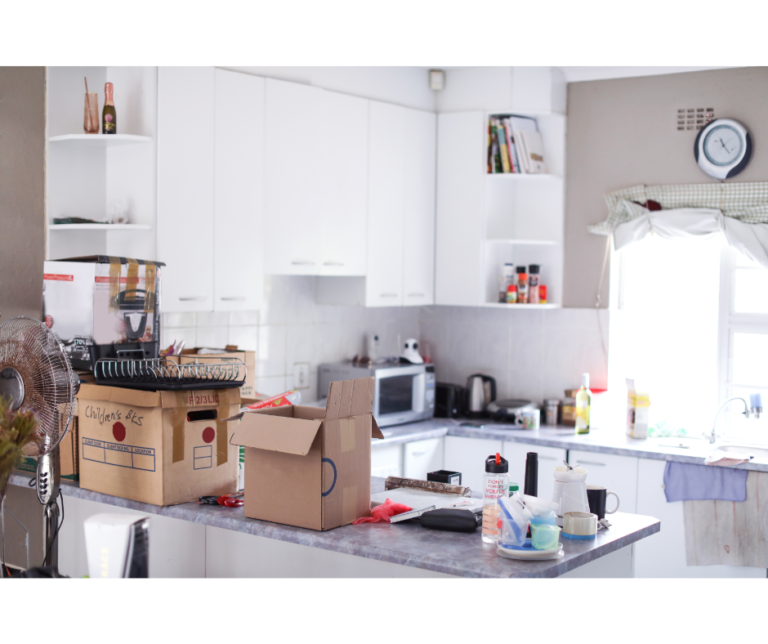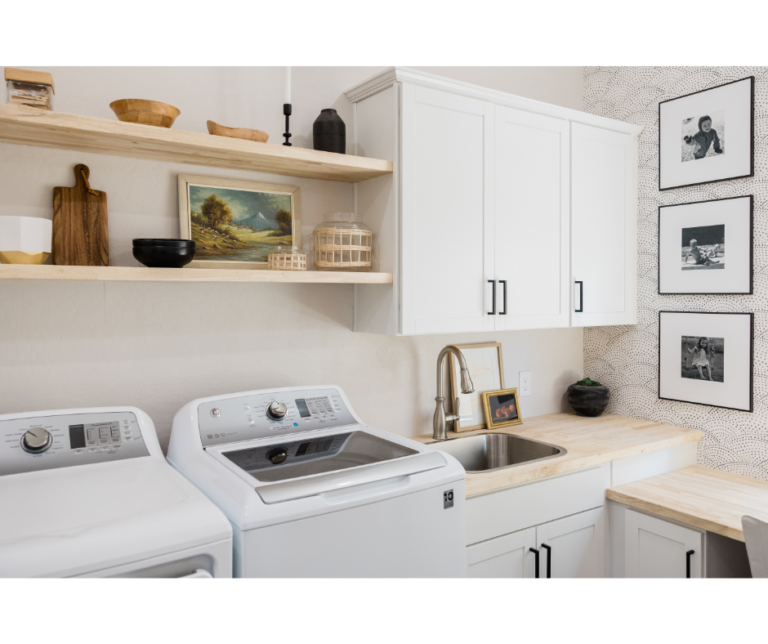W’d be happy to help you with tips for packaging your kitchen items during relocation. Moving can be daunting, but you can ensure your kitchen items are packed safely and efficiently with the right approach. Here are some tips to consider:
Professional Movers In Dubai
We’re very professional packers and movers in Dubai, and we always use the best practices while doing our job. The most crucial relocation point for us is the safety of the things of our valued customers. So, here we’ll share some tips with you on how we do pack a kitchen or how it should be packed.

- Plan: We start the packing process well in advance by doing a survey. This will give you enough time to sort through your kitchen items, declutter, and decide what to take to your new home.
- Gather Supplies: We collect all the necessary packing supplies before the job begins. We use sturdy boxes in various sizes, packing paper, bubble wrap, packing tape, markers for labeling, and possibly dish dividers or cardboard inserts for fragile items.
- Categorize Items: Our professional Packers group similar kitchen items together. This will make unpacking much easier after reaching the new home. It can categorize by function (e.g., baking supplies, cookware, utensils) or by material (e.g., glass, plastic, ceramic).
- Wrap Fragile Items: We are the best professionals in Dubai, so for delicate items like glassware, ceramics, and fine china, we wrap each piece individually with packing paper or bubble wrap. Fill empty spaces in boxes with crumpled paper or packing peanuts to prevent movement.
- Pack Pots and Pans: Being the best relocation company in Dubai, we take care of every little thing. So, we stack pots and pans together, placing a layer of packing paper or cloth between each piece to prevent scratching. We also use dish towels or oven mitts for extra padding.


Eget est lorem ipsum amet consectetur adipiscing.
- Secure Lids: Boxline Packers and Movers use plastic wrap or rubber bands to secure lids on pots and pans. This prevents them from opening during transit and potentially causing damage.
- Wrap Knives Safely: To protect yourself and your knives, we wrap each blade in cardboard or bubble wrap and secure it with tape. Then place them in a container or wrap them in a kitchen towel.
- Label Clearly: We label each box with its contents and destination room. This will make unpacking much smoother. Consider colour-coded labels for different rooms to help movers know where to place boxes.
Avoid Overpacking While filling boxes to the brim might be tempting, remember that kitchen items can be heavy. Keep the weight manageable for lifting and transporting.
Pack Appliances Properly: We pack small kitchen appliances in their original boxes if possible, otherwise we make the boxes according to their size. If not, we wrap them in bubble wrap and place them in sturdy tubes with extra padding and tape down any cords.
- Seal Liquids Securely: To prevent spills, ensure all liquid containers are tightly sealed and placed in a plastic bag before packing them in boxes.
- Pack Essentials Separately: Set aside a box for essential kitchen items you’ll need immediately upon arrival, such as a few utensils, plates, cups, and basic condiments.
Remember, the key is to pack items in a way that ensures they arrive at your new home in one piece. Packaging your kitchen items carefully will make the unpacking process smoother and help you settle into your new space more quickly.
Utilize Dish Towels and Linens: Instead of packing your dish towels, linens, and cloth napkins separately, use them as extra padding for fragile items. Wrap breakables like plates and glassware in these items to provide an extra layer of protection.
Protect Small Items: For small kitchen tools, such as measuring spoons and spatulas, consider placing them inside sealable plastic bags before packing them. This keeps them organized and prevents them from getting lost.
Thoughtful Pack Spices: If you’re taking your spice collection, ensure that spice containers are tightly sealed to prevent spills. Consider placing them in a small box or container to keep them secure during the move.
Preserve Perishables: Before moving day, try to use up perishable items from your fridge and pantry. Consider donating non-perishable items you don’t plan to use rather than packing and transporting them.

- Secure Oven Racks: If you’re moving with a stove, use bungee cords or strong tape to secure the oven racks. This prevents them from sliding around during transportation.
- Disassemble Large Appliances: If you’re relocating large kitchen appliances like refrigerators or dishwashers, consult the manufacturer’s instructions for proper disassembly and secure any loose parts. Remember to defrost and clean the machines before moving.
Pack Electronics Carefully: If you have kitchen electronics like blenders, toasters, or coffee makers, remove any detachable parts and pack them separately. Wrap the central unit in bubble wrap or packing paper and place it in a box with adequate padding. Double-Box Fragile Items consider double-boxing for extremely delicate or heirloom kitchen items. Place the well-padded and wrapped item in one box, and then place that box inside a larger one with additional padding.

Avoid Mixing Items: Avoid mixing items from different rooms, especially if using a moving service. Keeping kitchen items separate from bedroom items will make unpacking and organizing in your new home much more straightforward.
Plan for Food Transportation: If you’re moving a long distance, you should consume or donate most of your open food items. Pack canned goods or non-perishables in a box labelled “Pantry” for easier unpacking.
Coordinate with Movers: If you’re hiring professional movers, communicate clearly about the contents of each box, especially if they contain fragile kitchen items. This ensures proper handling and placement in your new home.
Stay Organized: Create a detailed inventory list of what’s packed in each box, especially for the KitchenKitchen. This will help you keep track of your belongings during transit and unpacking.
Unpack the Kitchen Kitchen First: When you arrive at your new home, consider unpacking and setting up your Kitchen Kitchen first. A functional kitchen will make the relocation smoother and give you a sense of normalcy.
Relocating your kitchen items can be an ultra-careful process. Still, with careful planning and attention to detail, you can ensure that your beloved kitchen items arrive at your new home intact and ready for use.





